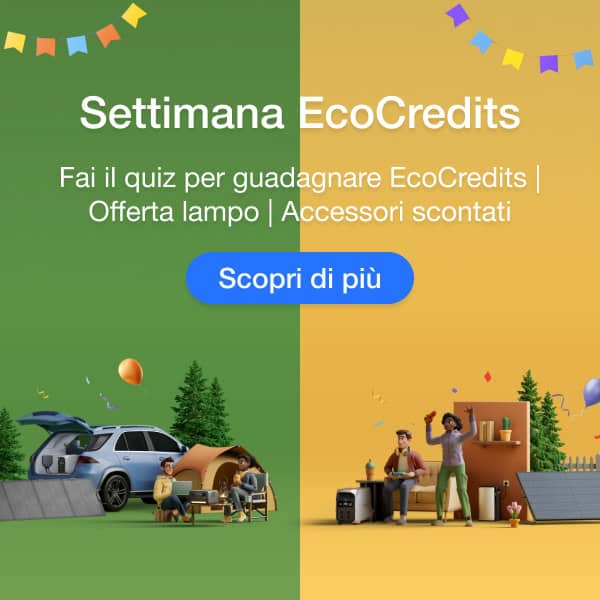Table of Contents
The power behind our devices is just as important as the devices themselves – because without power, they’re futile. Whether it’s your smartphone, laptop, or electric vehicle, the type of battery powering these gadgets can significantly impact their performance and longevity. Two of the most popular rechargeable battery types include lithium-ion (li-ion) and lithium-polymer (li-po). While their compositions are similar, several differences set them apart.
Explore the differences between these two batteries below so you can feel equipped to choose the correct battery for your needs.
What Are Lithium-Ion (Li-Ion) Batteries?
Lithium-ion batteries are rechargeable batteries that are among the most common, thanks to their high energy density and lightweight. They contain multiple cylindrical or prismatic cells that house positive and negative electrodes immersed in a liquid electrolyte solution. Between the anode and cathode is a porous separator that allows ions to move freely without causing a short circuit.
When charging a device, the lithium ions of each cell become deintercalated from the cathode and intercalated into the anode via the electrolyte, with the anode in a lithium-rich state. When discharging, it’s the opposite.
Because Li-Ion batteries have such a high energy density, so they’re ideal for applications where space and weight are crucial. That’s why you’ll often find them in products like smartphones, laptops, and even electric vehicles. They also have many aerospace or military applications. Their ability to store much energy in a compact form has revolutionised portable electronics and renewable energy storage solutions.
What Are Lithium-Polymer (Li-Po) Batteries?
Lithium-polymer batteries, commonly called Li-Po batteries, are similar to Li-Ion but have a few critical differences. They are one type of lithium-ion battery, also known as a pouch battery. Instead of housing a liquid electrolyte, Li-Po cells utilise a gel or solid polymer matrix, which allows for greater flexibility in the shape and size of the battery.
The energy of Li-po batteries is higher than that of other lithium types. Because of this, they’re often used in applications where weight and flexibility are key considerations, such as drones, RC cars, ultrabooks, or radio-controlled aircraft. Their versatility allows them to conform to unique shapes and sizes for applications that have space constraints.
What Are the Differences Between Lithium-Ion and Lithium-Polymer Batteries?
Since Li-po batteries are a subset of the lithium-ion category, they naturally have similarities. However, certain aspects of li-po batteries differentiate them from standard li-ion cells, including composition, power, flexibility, cost, safety, etc.
Composition
The primary difference between Li-Ion and Li-Po batteries lies in their composition, particularly the electrolytes, which transfer ions back and forth between electrodes when charging and discharging.
Li-Ion batteries comprise cylindrical/prismatic cells with positive and negative electrodes, a liquid electrolyte solution, and a porous separator between the ions, enabling their movement during charge and discharge. The liquid electrolyte can sometimes increase the risk of leaking or combustion if the battery gets damaged.
On the other hand, Li-Pos have electrode materials applied in a gel or solid polymer matrix rather than a liquid, eliminating the need for a porous separator. This gives Li-Po cells greater flexibility and stability while allowing for flexible packaging materials. It’s less prone to leaking, making it a safe choice.
Power
When it comes to power, Li-Ion ones generally have a higher energy density, which refers to how much energy is stored per unit of weight. Because of their higher power levels, they are more efficient and can produce more power at once than li-po options.
Charging
Li-Po batteries aren’t as energy-dense as li-ions but can charge faster and handle higher charging currents. They are highly effective when quick charging is essential.
Performance
Performance-wise, Li-Ion batteries are known for their higher energy density. They’re a preferred choice when long battery life and high energy storage are top priorities. On the other hand, Li-Po options excel in situations where quick charging and high charging currents are needed.
They also have lower self-discharge rates, allowing them to hold onto their charge even for extended periods when not in use.
Shape and Flexibility
Li-Po batteries are extremely flexible in shape and size. Thanks to their gel or solid polymer composition, they can take on various moulds, making them ideal for applications with specific spatial constraints. Li-Ion cells, while compact, do not offer the same level of flexibility in design.
Cost
Cost is another factor that differentiates these two types of batteries. Li-Ion cells are generally less expensive because they have been commercially produced for several decades, allowing them to benefit from optimised manufacturing, advancements in research, and high availability. Li-Po batteries are slightly more expensive because they have higher manufacturing costs.
Applications
Li-Ion batteries are commonly used in computers, smartphones, and EVs. Li-Po cells are used when space is limited or a unique shape or size is needed. They’re a popular choice for drones and other radio-controlled vehicles or aircraft.
Safety
While both options are a safe choice, Li-Po batteries are considered safer due to their solid or gel-like electrolyte. They also feature flexible packaging that helps maintain mechanical stability. While not as inherently safe, Li-Ion cells have built-in protection circuits that monitor performance and minimise the risk of thermal runaway.
The Best of Both Worlds – LiFeP04 Batteries
One battery option that combines some of the best traits of both types is the LiFeP04 or lithium iron phosphate battery. It is safer than both Li-Po and lithium-ion batteries and operates in a wider range of temperatures than lithium-ions. LiFeP04 batteries are ideal for applications like solar energy or battery backup systems, even though their energy density is slightly lower than li-ion batteries.
All EcoFlow Portable Power Stations use LiFeP04 batteries. These EcoFlow batteries are at the heart of the EcoFlow DELTA Series Portable Power Stations, like the EcoFlow DELTA Pro and all EcoFlow Power Kits, because of their long lifespan, enhanced safety, rapid charging, and efficiency.
Frequently Asked Questions
It depends on your specific needs. A Li-Ion battery may be the better choice if you require a high-capacity battery with a long life for applications like laptops or electric vehicles. However, a Li-Po battery could be more suitable if you need a lightweight, flexible battery that charges quickly.
Final Thoughts
Both Lithium-Ion and Lithium-Polymer batteries have unique advantages and disadvantages. Li-ion is a good choice for high-capacity applications. For flexibility and enhanced safety, Li-po batteries will meet your standards.
For something that can offer you some benefits of both options, consider LiFeP04 batteries like those found in EcoFlow’s range of Portable Power Stations.







